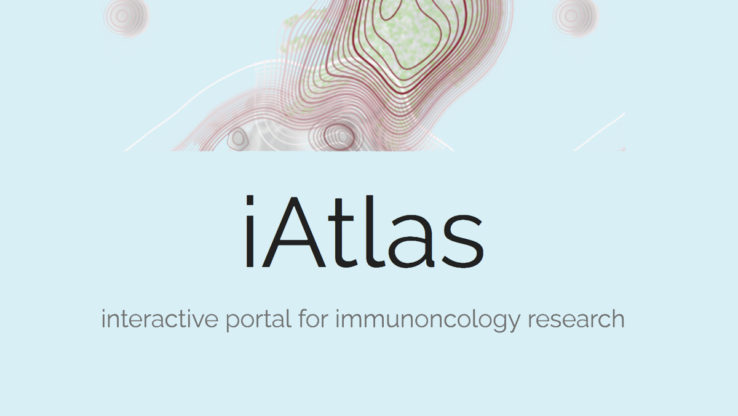Jan. 12, 2015
3 Bullets:
- Mycobacterium tuberculosis (MTB) infects more than 1.5 billion people worldwide partly due to its ability to sense and adapt to the broad range of hostile environments that exist within hosts.
- To study how MTB controls its responses at a molecular level, ISB researchers and their collaborators at Seattle Biomed perturbed almost all MTB transcription factor regulators and identified the affected genes.
- This comprehensive map of molecular switches in MTB provides a basis for understanding control mechanisms and can inform future efforts to rewire MTB responses for more favorable disease outcomes.
By Matt Richards and Shuyi Ma
Mycobacterium tuberculosis (MTB) is the most deadly infectious lung disease, infecting more than 1.8 billion people worldwide and causing 1.3 million deaths each year. Although drugs for MTB exist, they require nearly a year of treatment and have serious side effects. Researchers are searching for more effective treatment targets, but it’s challenging due to a lack of understanding exactly how MTB is able to survive and adapt within the stressful host environment. But, in collaboration with the Sherman lab at Seattle Biomed, ISB researchers have helped put together an important piece of that puzzle. This research was published in Genome Biology and in Nature Communications.
Every organism from bacteria to plants to humans contains a network of genes that work together to control how the organism senses and responds to its environment. The wiring of these regulatory networks is incredibly complex because they consist of hundreds of regulatory genes that interact to control the abundance of thousands of target genes.
MTB employs about 200 different molecular switches to sense and respond to the shifting, hostile landscape of the host. To identify and understand the intertwining gene regulatory network that the molecular switches control, Seattle BioMed and ISB researchers (from the Baliga and Price Labs) examined the consequences of overexpressing (or boosting the function of) each switch. The team overexpressed almost every regulatory gene in MTB, measured the consequences of each perturbation, and used the results to identify genome-wide regulatory interactions for MTB. These results were assembled into an easily searchable map and will stimulate additional systems-level and hypothesis-driven efforts to understand MTB adaptations that promote disease.
Such mappings of regulatory networks are critical for deciphering complexity. This work with MTB has resulted in a valuable tool that may be a stepping stone to developing more effective treatments.
– Eliza Peterson contributed to this report
Title: Mapping and manipulating the Mycobacterium tuberculosis transcriptome using a transcription factor overexpression-derived regulatory network
Journal: Genome Biology
Authors: Tige R. Rustad, Kyle J. Minch, Shuyi Ma, Jessica K. Winkler, Samuel Hobbes, Mark J. Hickey, William Brabant, Serdar Turkarslan, Nathan D. Price, Nitin S. Baliga and David R. Sherman
Link: Genome BiologyTitle: The DNA-binding network of Mycobacterium tuberculosis
Journal: Nature Communications
Authors: Kyle J. Minch, Tige R. Rustad, Eliza J.R. Peterson, Jessica Winkler, David J. Reiss, Shuyi Ma, Mark Hickey, William Brabant, Bob Morrison, Serdar Turkaslan, Chris Mawhinney, James E. Galagan, Nathan D. Price, Nitin S. Baliga, David R. Sherman
Link: Nature Communications



 isbscience.org/research/pushing-the-molecular-switches-of-tuberculosis-into-overdrive/
isbscience.org/research/pushing-the-molecular-switches-of-tuberculosis-into-overdrive/


